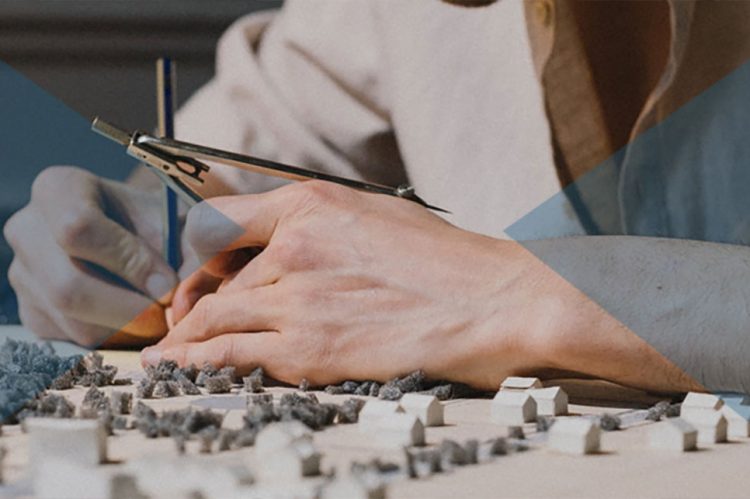Scale models represent objects and products which are larger or smaller in size than the model. Commonly the scale model is smaller than the original and used only as a guide to making the actual object in its fully intended size. These models are used in engineering for testing the performance and functionality of the design.
Creating a scale model to test a design saves money and provides a way for designers to make sure the design will work accurately and up to its full potential. Some of the fields using scale models for testing include. Remote control vehicles and automotive companies.
In television and film, the use of scale models is widely used in order to shoot scenes and create images that cannot be created in full size. Many sets in high graphic movies use scale models for objects and especially sets which cannot be made into full size.
Some of the fields where scale models are still used and incorporated into making sure a certain design will work well include the Architectural, Automotive industry, Railways, robots, rockets, and spacecraft, and more.
Scale models are physical models of objects and maintain accurate relationships between the important aspects. The models need to be able to demonstrate some of the qualities and functionality behaviours of the actual object. The most widely used scale models represent the physical appearance of an object in a much smaller size.
Architecture and aerodynamic research are known as two of the fields still incorporating scale models into their design process. Architecture provides many different types of scale models for use with indoor, outdoor, and landscape design. It is also used for planning cities and villages and making large changes to campuses, cities, and resorts.
Aerodynamic research still incorporates scale modes. These models may be constructed for use in a wind tunnel or free flight. Smaller scales piloted aircraft are even constructed to test some aspects of a proposed full-size design.

